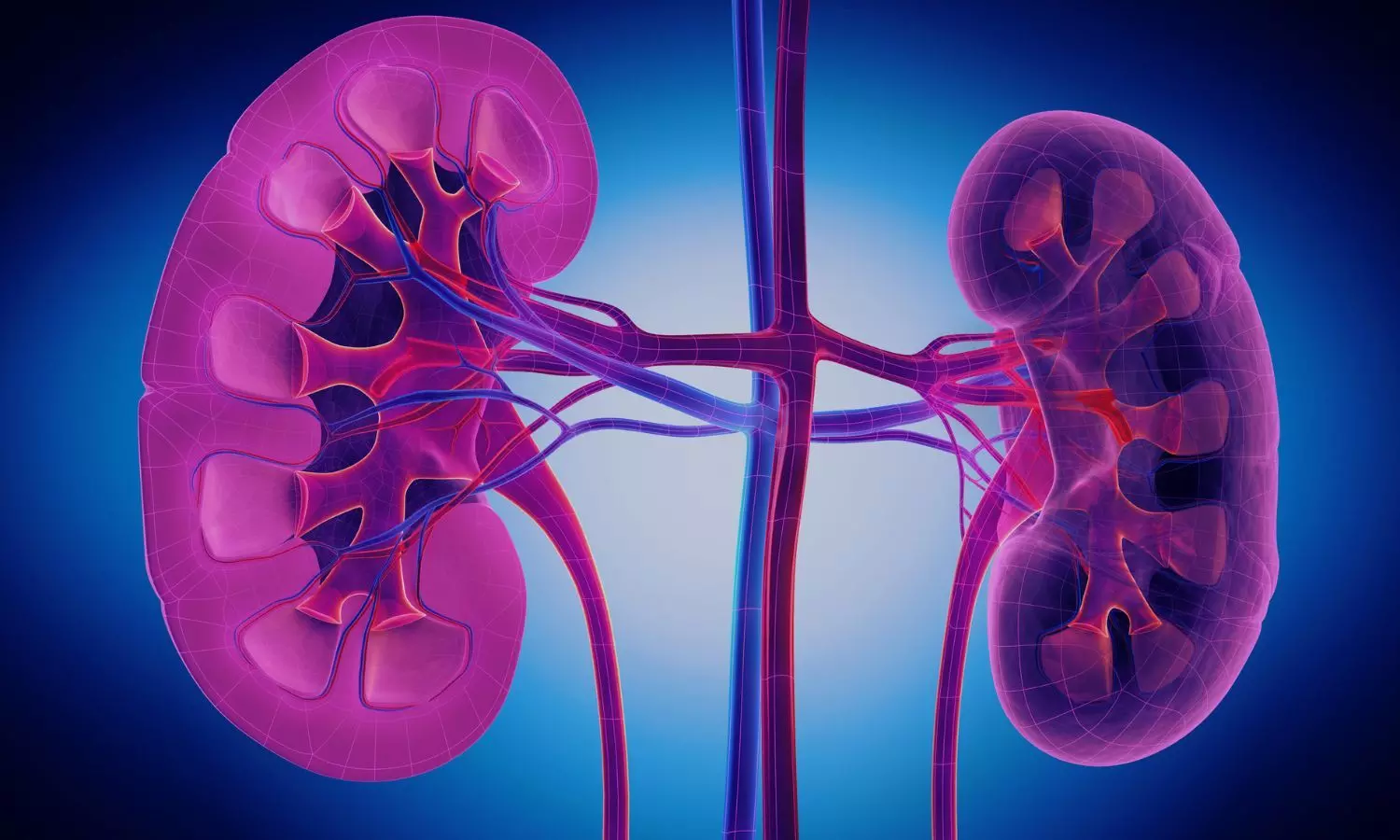High CRP-to-HDL Ratio Linked to Greater NAFLD and Liver Fibrosis Risk: Study Shows

China: A recent study published in Scientific Reports has spotlighted a novel biomarker combination that may aid in identifying individuals at risk for non-alcoholic fatty liver disease (NAFLD) and its complications.
Conducted by Yanyan Xuan and colleagues from the Department of Hepatology, The First Affiliated Hospital of Ningbo University, China, the research explores the association between the ratio of high-sensitivity C-reactive protein (hs-CRP) to high-density lipoprotein cholesterol (HDL-C)—referred to as HCHR—and the likelihood of NAFLD, liver steatosis, and fibrosis.
“A higher high-sensitivity CRP to HDL-C ratio (HCHR) was linked to an increased risk of NAFLD, liver fibrosis, and fat buildup in the liver. People with NAFLD had a much higher median HCHR (2.47) compared to those without the condition (0.99),” the researchers reported. “The risk was especially high in women, adults under 40, and those with a BMI between 25 and 30 kg/m². As HCHR levels rose, liver fat and fibrosis worsened, with a 21% higher risk of cirrhosis seen at elevated HCHR levels.”
Using data from the 2017–2018 US National Health and Nutrition Examination Survey (NHANES), the researchers analyzed information from 4,039 adults.
The study revealed the following findings:
- Individuals with higher HCHR levels were significantly more likely to have non-alcoholic fatty liver disease (NAFLD).
- The median HCHR was 2.47 in those with NAFLD, compared to 0.99 in those without the condition.
- Multivariable regression analysis confirmed a strong, independent link between increased HCHR and NAFLD risk, even after adjusting for confounding factors.
- The risk of NAFLD was particularly elevated in women, individuals under 40 years of age, and those with a BMI between 25 and 30 kg/m².
- Higher HCHR levels were associated with greater severity of hepatic steatosis and an increased risk of liver fibrosis.
- Individuals with elevated HCHR had a 21% higher odds of developing cirrhosis.
- A nonlinear relationship was observed between HCHR and NAFLD, with a threshold ratio of 2.598 identified.
- Beyond this threshold, the risk of NAFLD increased more sharply, suggesting HCHR as a potential marker for liver disease severity.
The study provides valuable insights into the utility of HCHR as a simple, non-invasive marker for assessing liver disease risk in clinical settings. Given the rising global burden of NAFLD, such tools are urgently needed to support early detection and preventive strategies.
However, the researchers caution that due to the cross-sectional design of the study, a causal relationship cannot be definitively established. Additionally, as the data were predominantly drawn from a non-Hispanic white US population, further validation is needed in more diverse groups through prospective, multi-center studies.
“The findings open new avenues for early identification of at-risk individuals and underscore the relevance of inflammation-lipid profiles in liver disease progression,” the researchers concluded.
Reference:
Xuan, Y., Wang, B., Xie, B., Cen, Y., Yu, S., & Yao, Q. (2025). Nonlinear relationship between serum high sensitivity C reactive protein to high-density lipoprotein cholesterol ratio with non-alcoholic fatty liver disease. Scientific Reports, 15(1), 1-14. https://doi.org/10.1038/s41598-025-03528-0
Powered by WPeMatico





